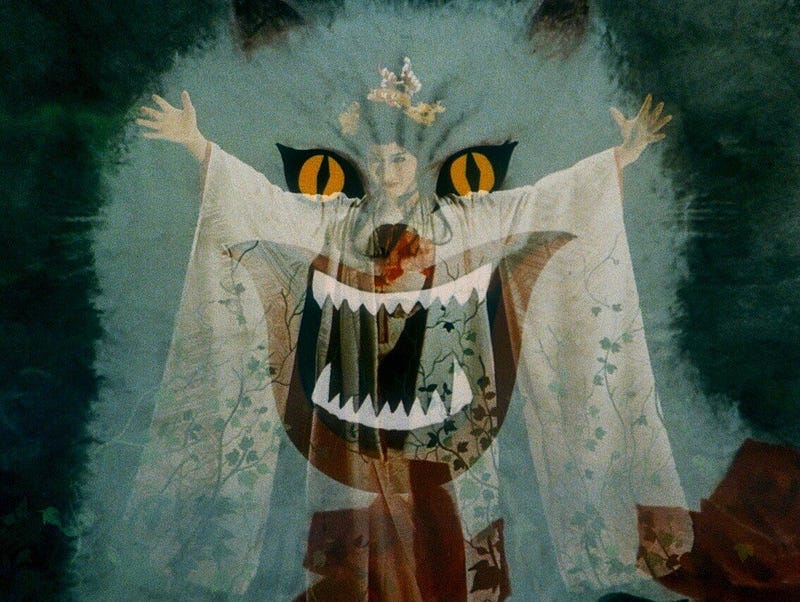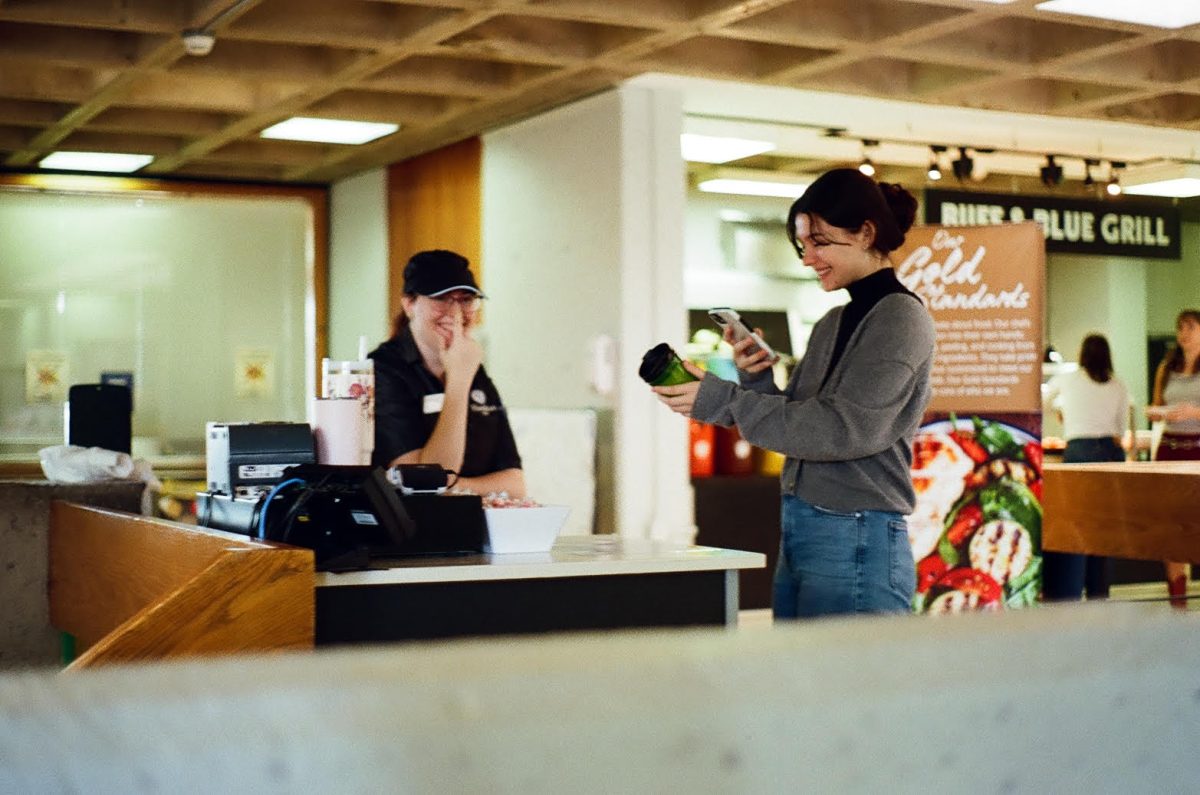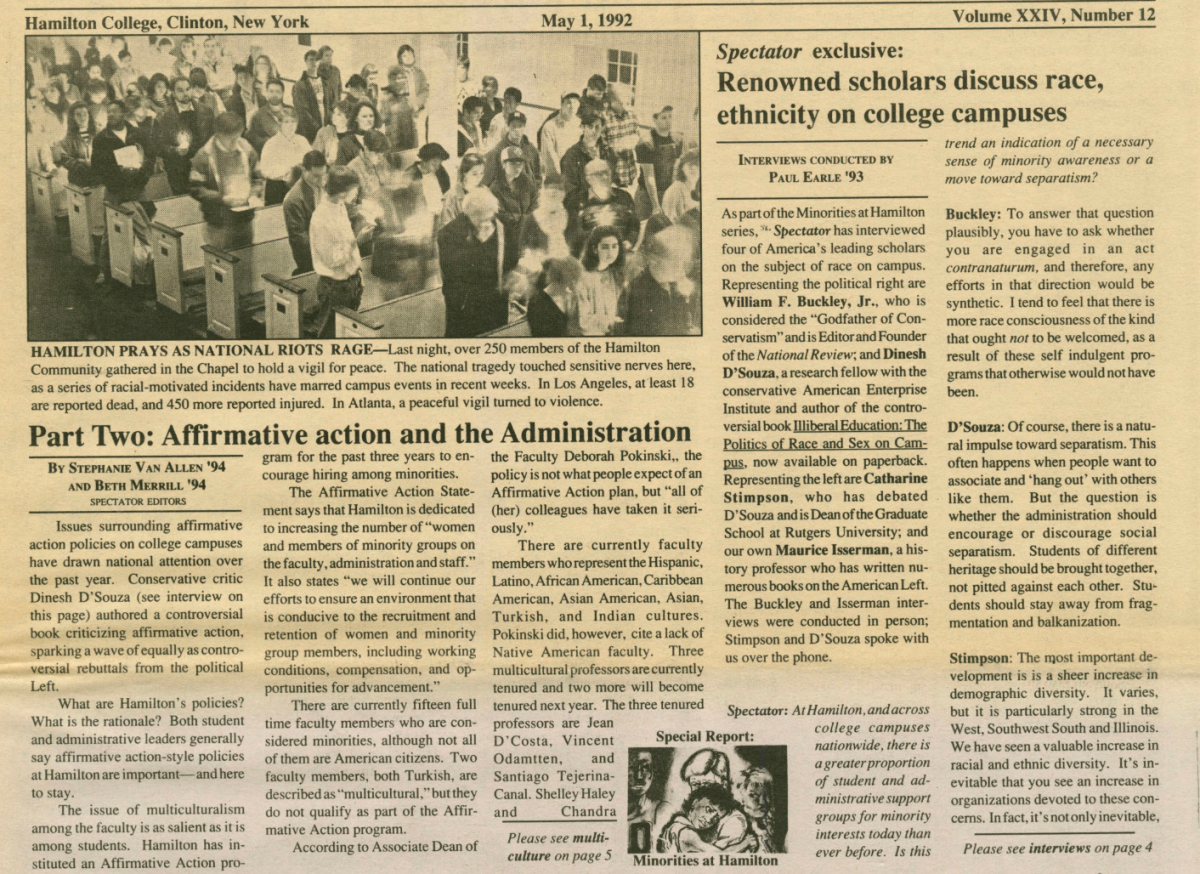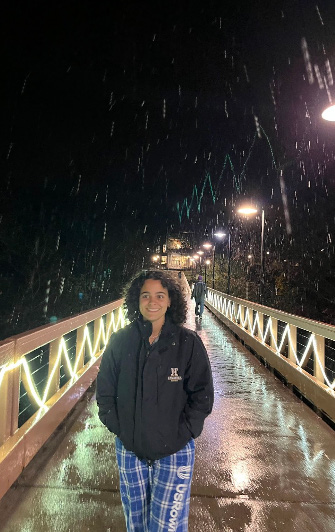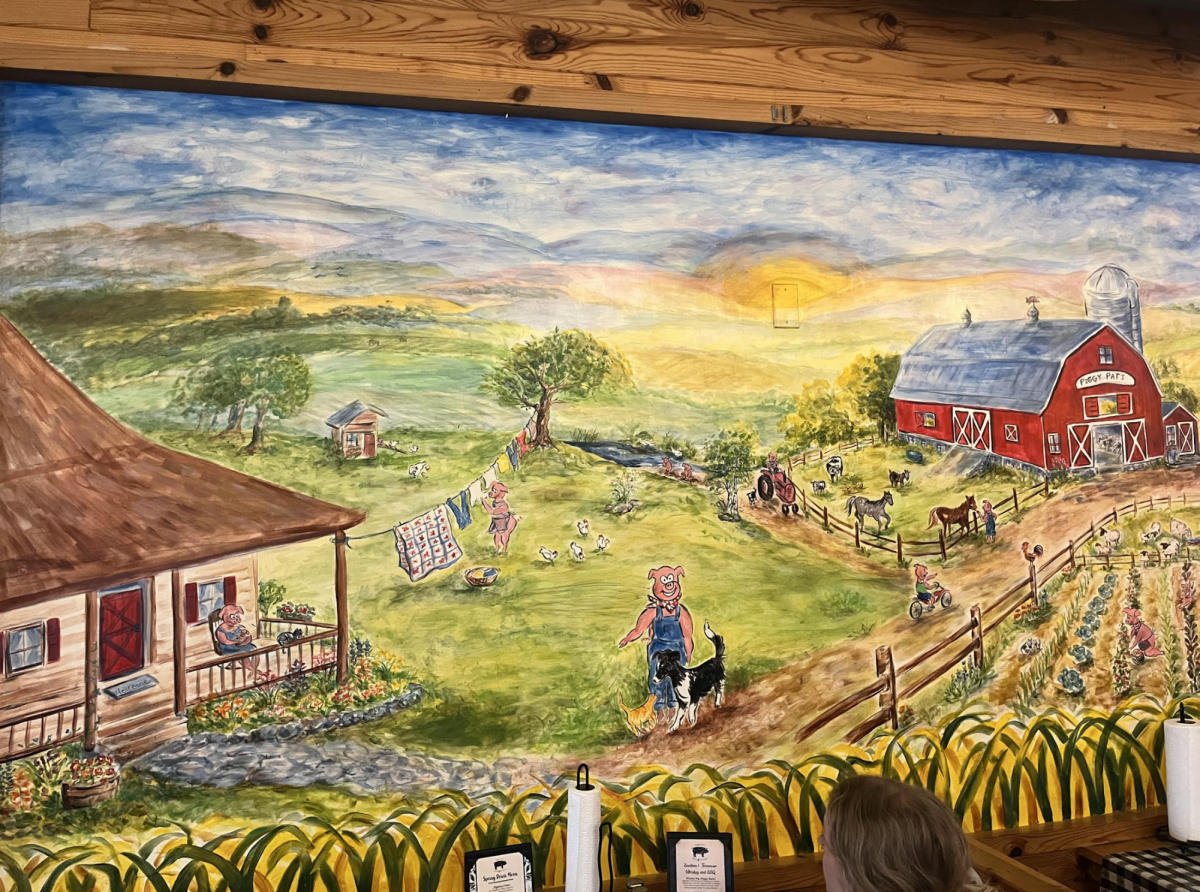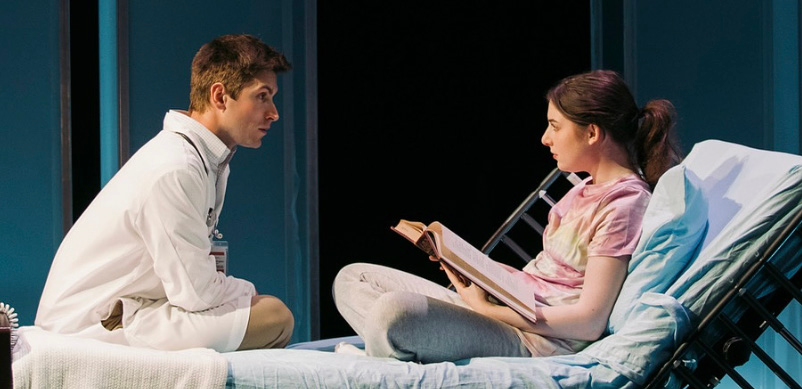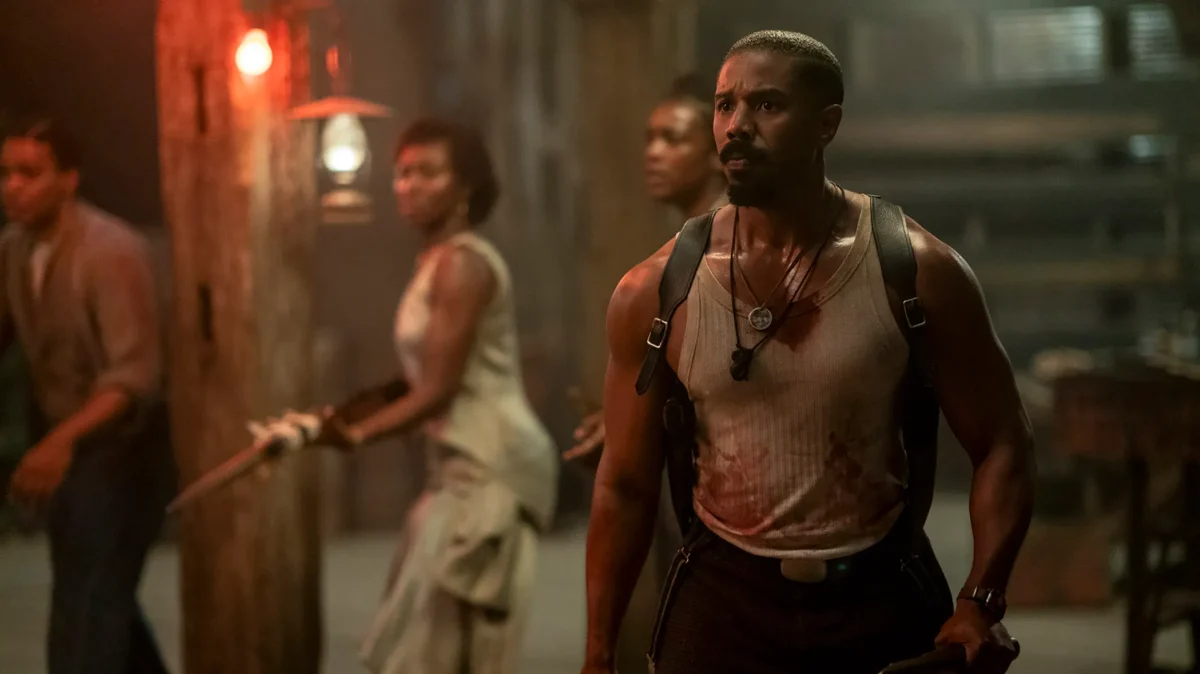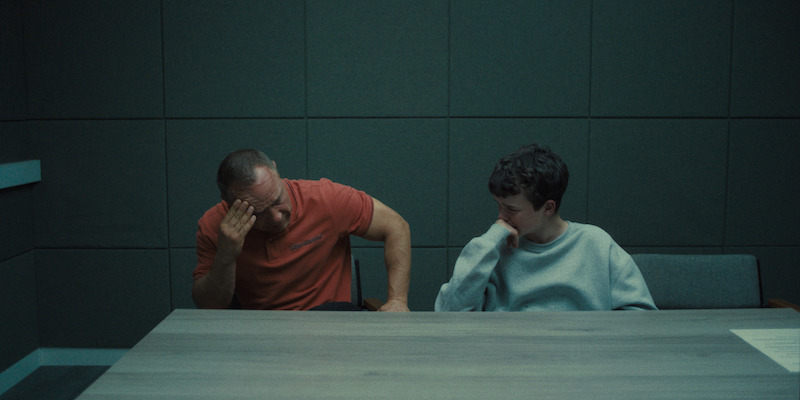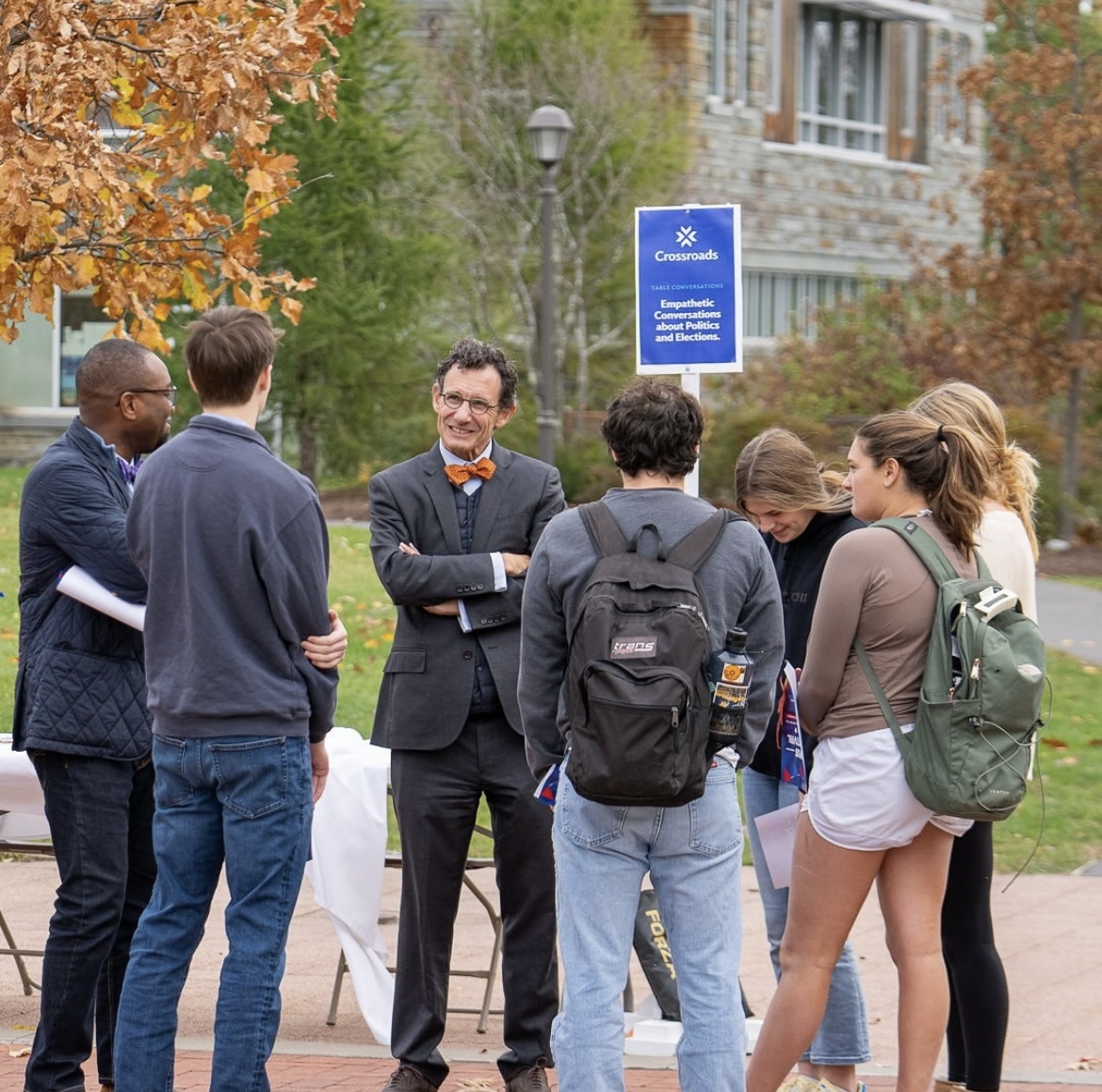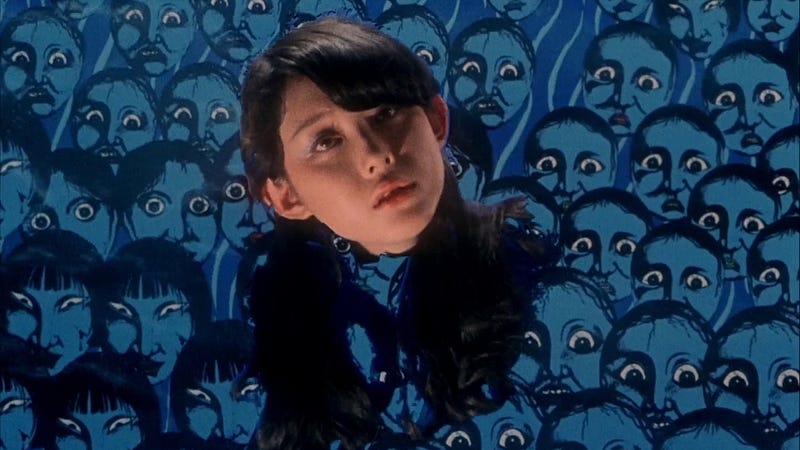
On Saturday, Oct. 2 in the Taylor Science Center, the Hamilton College Film Club began their month-long endeavor to showcase different sub-genres of cinematic horror in celebration of the buildup to Halloween. This past weekend featured a poll of horror classics curated by Film Club President Katherine Kim ’22, including
Suspiria
(1977),
Carrie
(1976)
and
The Texas Chainsaw Massacre
(1974). The student body ultimately elected to watch Nobuhiko Ōbayashi’s
House
(1977), an experimental Japanese film that has become a cult favorite of horror buffs across the world.
House’
s narrative focuses on Gorgeous, a Japanese schoolgirl, who finds out that her widowed father will be remarrying soon. Unable to stay in her home and face the changes in her family, Gorgeous abruptly decides to visit her ailing aunt — her late mother’s only living relative — and invites six of her classmates to join her: the clever Prof, the musical Melody, the athletic Kung Fu, the gluttonous Mac, the thoughtful Sweet and the daydreaming Fantasy. When the girls arrive at the aunt’s place, they are in awe of its antiquated decor and the lush nature that surrounds it. Thinking they have stumbled into paradise, all of them happily start to settle into the house by preparing dinner and playing games. Unbeknownst to them, Gorgeous’s aunt and her house are not what they seem, and one by one, the girls slowly start to discover that they have unwittingly entered into a terrifying place that wants them dead.
There were multiple occasions throughout Saturday’s screening when laughter unexpectedly escaped from the audience. While
House
is a horror film, Ōbayashi was inspired by his pre-teen daughter and her childhood fears, such as — spoiler alert — her fingers getting caught in between her piano keys, or a watermelon being pulled out of a well and becoming a human head. The childlike absurdity of these images, in tandem with Ōbayashi’s ability to construct them in such a way that terrifies the audience, is what gives
House
its reputation as a timeless experimental horror film and even earned Ōbayashi’s daughter a writing credit.
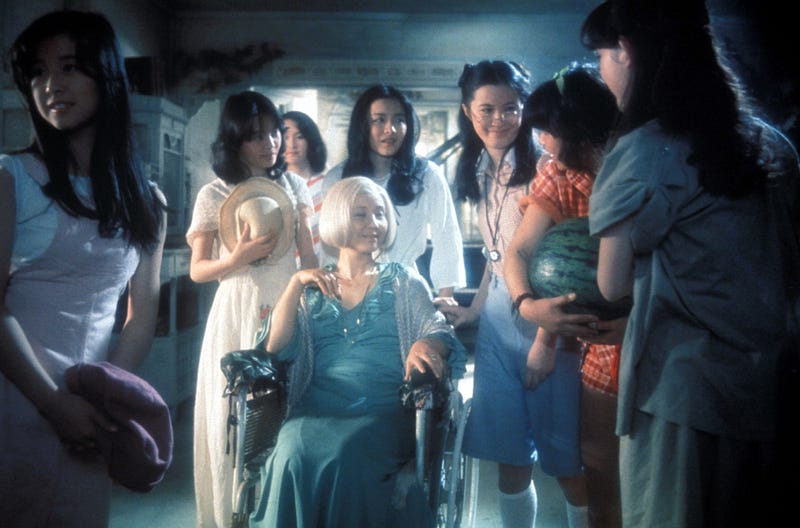
Ōbayashi’s direction was crucial in establishing
House
as the horror classic it is today. He reportedly intended the special effects to look unrealistic, as if a child had created them. He undoubtedly succeeded in the unrealistic element; there were a number of moments during Saturday’s screening that raised eyebrows, including but not limited to the choppy martial arts segments or the sudden animation of a cat painting leaping out of its frame and meowing ominously. Once again, students were unsure of what to make of the images on the screen and nervously laughed, but all of them enjoyed the confusion nonetheless.
By the end of the film, the audience was left bewildered and impressed at the teenage girl’s one-and-a-half-hour long fever dream. Though disorienting, terrifying and at times unbelievably funny,
House
remains an iconic classic emblem of Japanese horror, while also taking leaps into new special effects and a young, female point of view to expand the horror genre as a whole. Ōbayashi’s work was a chilling yet warm welcome into Oct. and a perfect introduction to the month of horror that the Hamilton Film Club has in store.
For those interested in attending one of the Hamilton Film Club’s Oct. screenings, the club meets every Saturday this month at 2 p.m. in room G027 in the Taylor Science Center.
